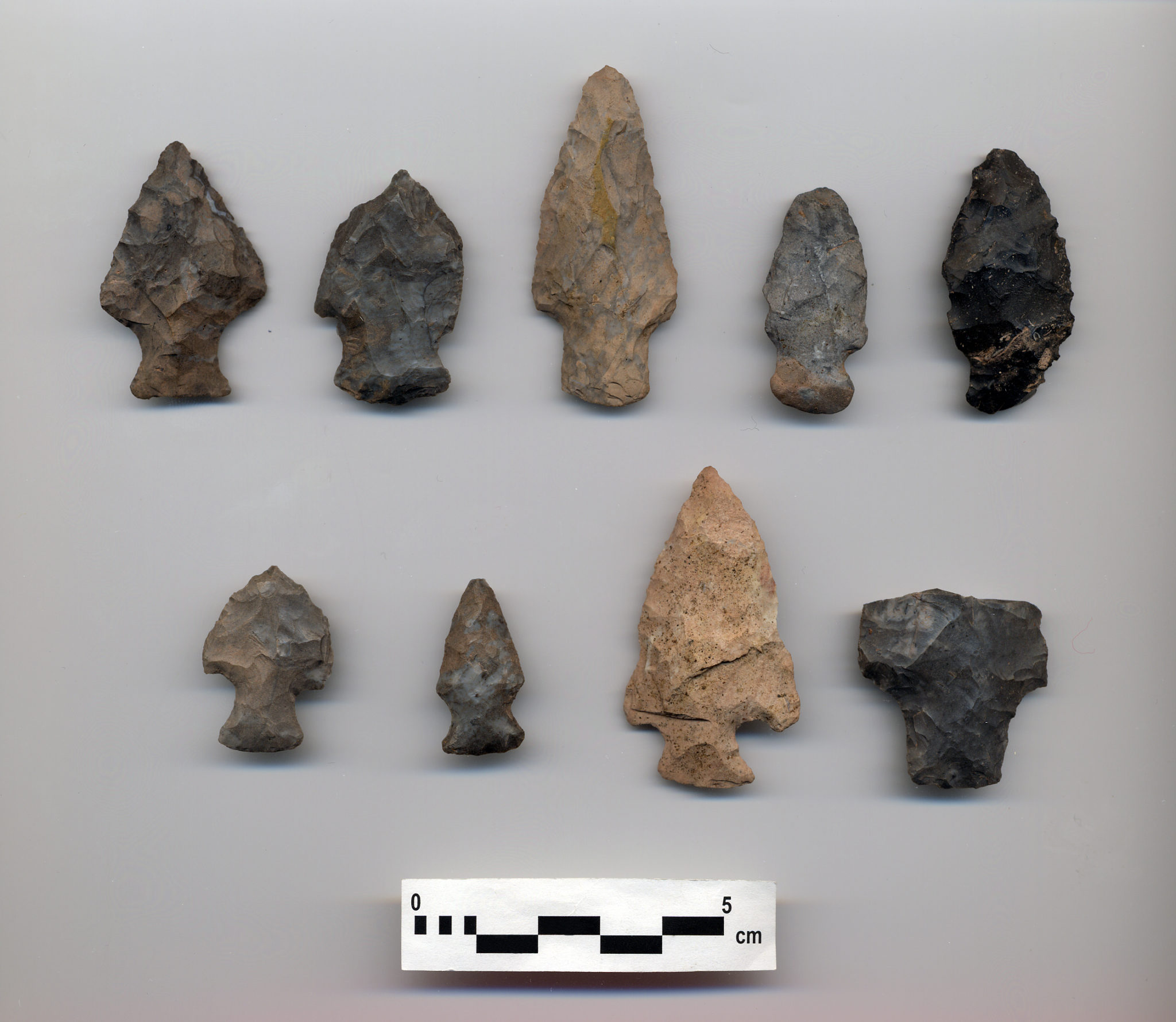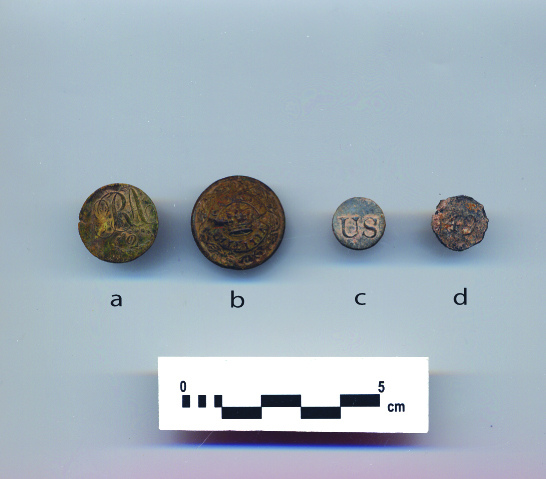Sailboats gently bob in the sun, fastened to docks awaiting the perfect wind. Tourists cycle and walk where the lake meets the river. It has always been a spot where people come to enjoy the water.
Hundreds of years ago – even thousands of years ago – where sailboats flutter by and tourists soak up the sun, Ontario’s First Peoples lived here, played here, hunted and fished here. Like today, the King’s Point Site was a great place to spend a weekend or an entire season.
It was the popularity of this location, in Niagara-on-the-Lake, that also brought in ASI. A proposed condo development prompted the need for archaeological investigation, and as everyone guessed, peeling back the layers revealed just how popular a spot this has been … for millennia.
Niagara-on-the-Lake, the original provincial capital, is steeped in history, as any student can tell you. The town was a focal point during the War of 1812. Hero of Canada himself, General Isaac Brock, was stationed here at Fort George before embarking that fateful day in October 1812 for Queenston Heights where an American musket ball fatefully found its mark.
Alas, there is more to the area’s history than that pivotal war.
The Digging Begins
As archaeological work progressed in the autumn of 1998, and 311 one-square-metre units were hand-excavated by ASI, the importance of the King’s Point Site on Ricardo Street came to light and into focus. Over 27,000 artifacts representing multiple occupations spanning dozens and dozens of centuries saw daylight once again.

The King’s Point Site, in 1998, was nestled beside a modern marina and a busy side street. By analyzing the soil profile, by using historic maps and sketches going back to the early nineteenth century, we can draw a picture of how the King’s Point Site looked hundreds and thousands of years ago. The evidence suggests the site sat on a low terrace situated between a low scarp metres to the south and a wetland bordering the riverbank. An adjacent stream to the southwest, now gone, carved through the scarp, emptying into the wetland – the perfect place to pitch some tents, light a campfire and launch canoes to fish and hunt. It appears the modern day marina took advantage of the existing creek mouth and excavated a portion of it for boat slips many many decades ago. The remaining wetland was filled in at some point over the past 150 years.
Of the 27,161 artifacts recovered, 26,277 are prehistoric stone tools and the waste material created during their forming. The vast majority of this stone debris/debitage cannot be dated as it lacks any hallmarks we can assign to a particular group of people or period, however, there was enough material recovered that could be assigned to many of Ontario’s prehistoric periods.
Who called King’s Point home?
From the evidence recovered (specifically diagnostic projectile points), we can see that the first people to utilize the site arrived between 9,700 and 8,900 years ago during Ontario’s Early Archaic Period. Sporadically used for millennia, King’s Point reveals human occupational evidence onward into the Middle Archaic Period (6,000 – 2,500 BC), the Late Archaic Period (2,500 – 1,000 BC) and into the Early, Middle and Late Woodland Periods (1,000BC to 1650 AD). The Woodland Period occupation is not only reflected in projectile points but clay ceramic sherds/pot fragments that first appear in Ontario at the dawn of the Early Woodland Period.
It seems people always liked this spot by the lake.

Interestingly, while close to 99 per cent of the stone artifacts and waste flakes are of Onondaga chert, procured from the north shore of Lake Erie, 121 artifacts are made of a material found in Ohio and a few from chert originating near Peterborough, Ontario as well as the Lake Huron shoreline. Trade and travel routes had been in place for millennia crisscrossing the province and the Great Lakes.
Of the 700+ historic artifacts recovered, a few are from the War of 1812 period, as expected. A small number of American military buttons from that era were found as were British buttons from the 2nd Regiment of Light Artillery and the 49th Hertfordshire Regiment of Foot as well as a stamped copper plate from a British “stovepipe” shako (hat). Both regiments were garrisoned at nearby Fort George between 1803 and 1813.
The remaining historic artifacts reflect everyday life in early Upper Canada: nails, assorted bits of metal, clay pipe fragments, kitchenware and bone fragments from domestic animals.
The next time you are down by the water, take a moment to use your imagination and envision who may have been there long before leisure watercraft and picnickers flocked to enjoy a warm Ontario sun. The odds are you may be standing in an area where families long ago splashed, fished, laughed, loved and lived long before the first Europeans arrived.


